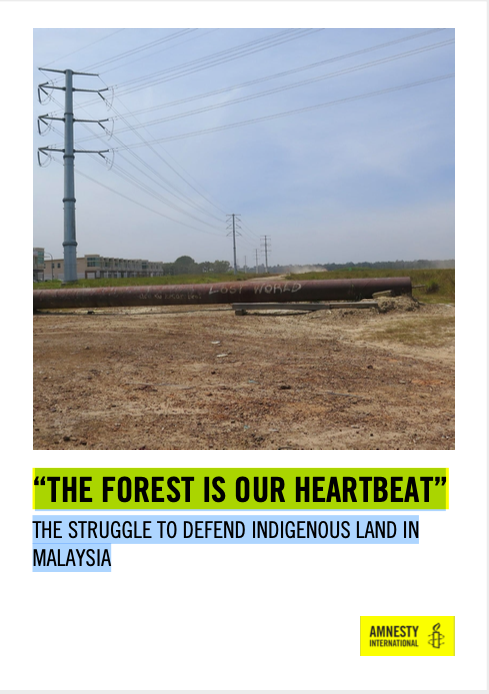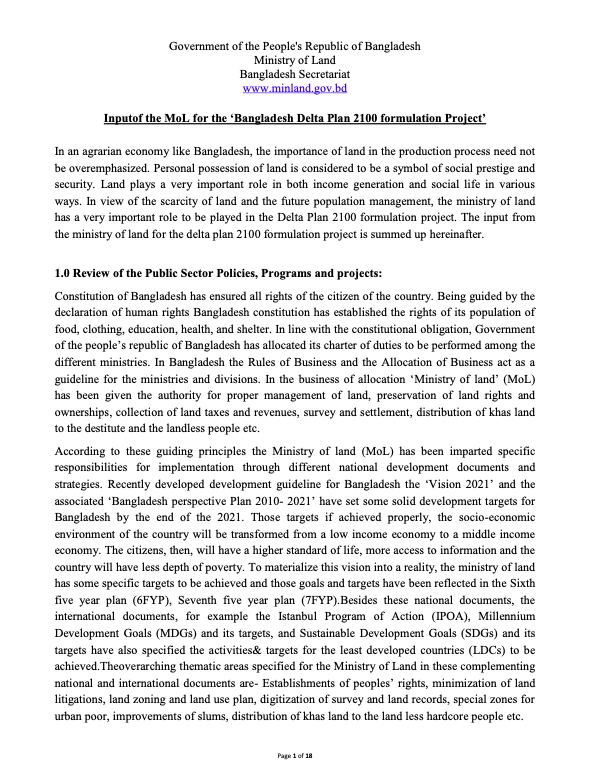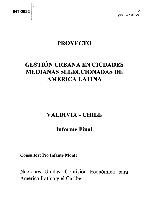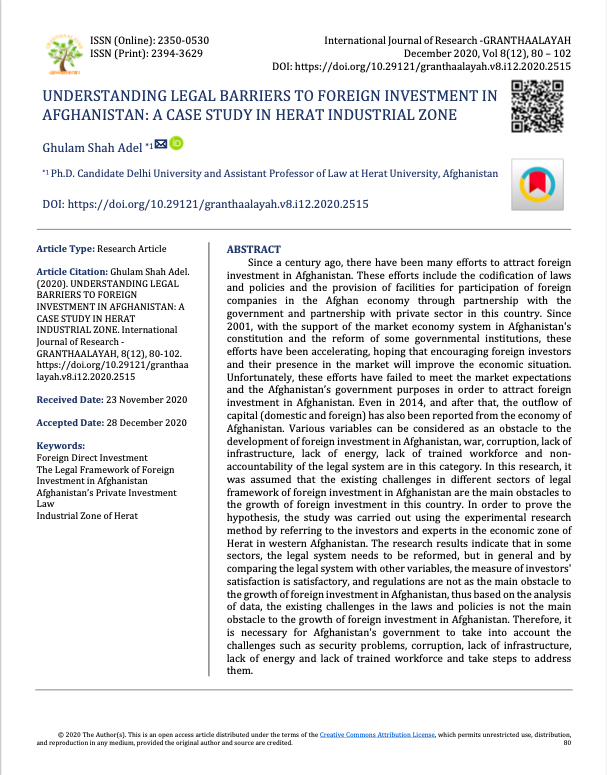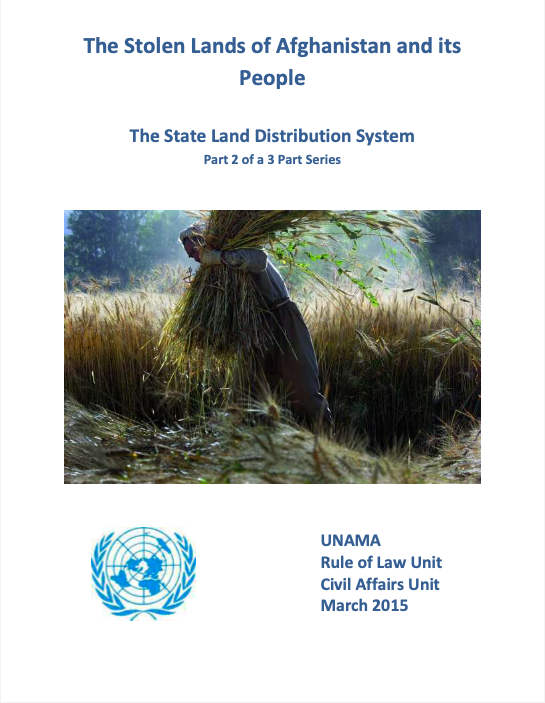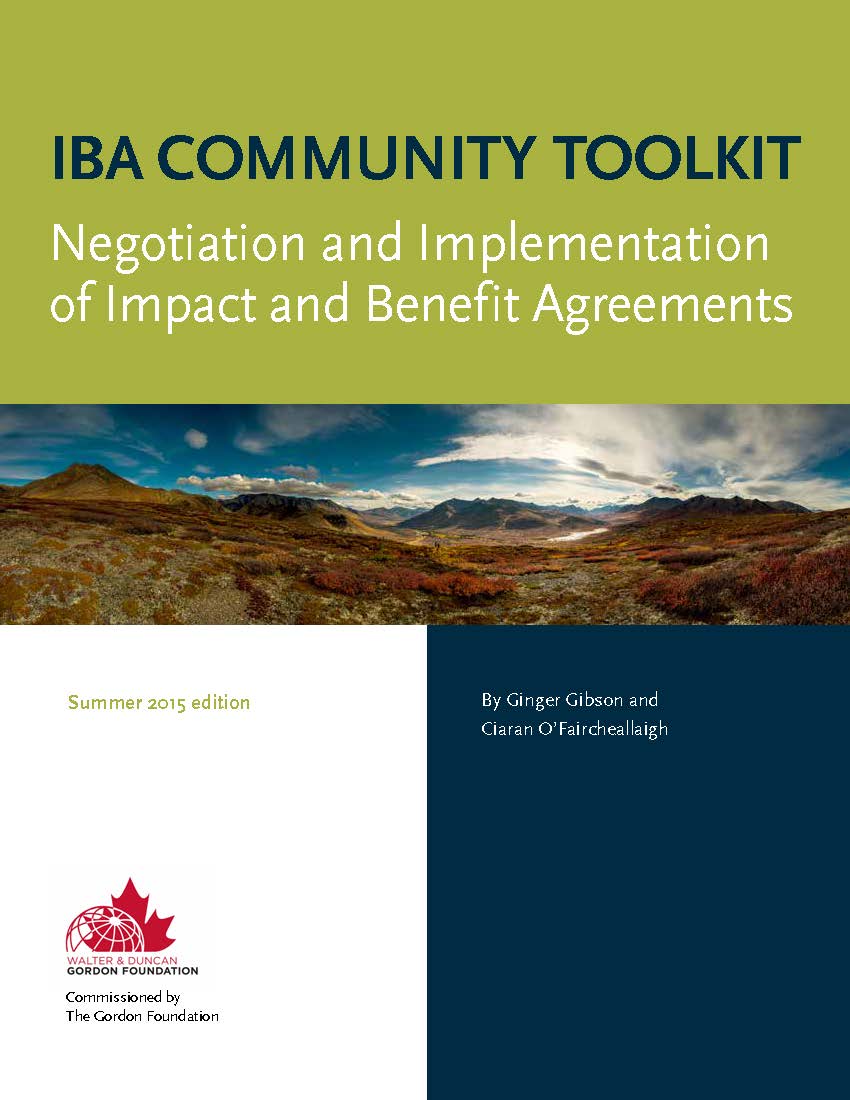How to Revitalize Infrastructure Investments in Brazil : Public Policies for Better Private Participation, Volume 2. Background Report
Amid a shifting policymaking environment
from private to public, volume one of this report discusses
how public policies could attract more and better private
investments. In attracting back private capital, this report
argues that Brazil must do three things. First, it must
eliminate remaining regulatory bottlenecks and policy
uncertainties in selected sectors. Secondly, design
infrastructure concessions to avoid "excessive"



